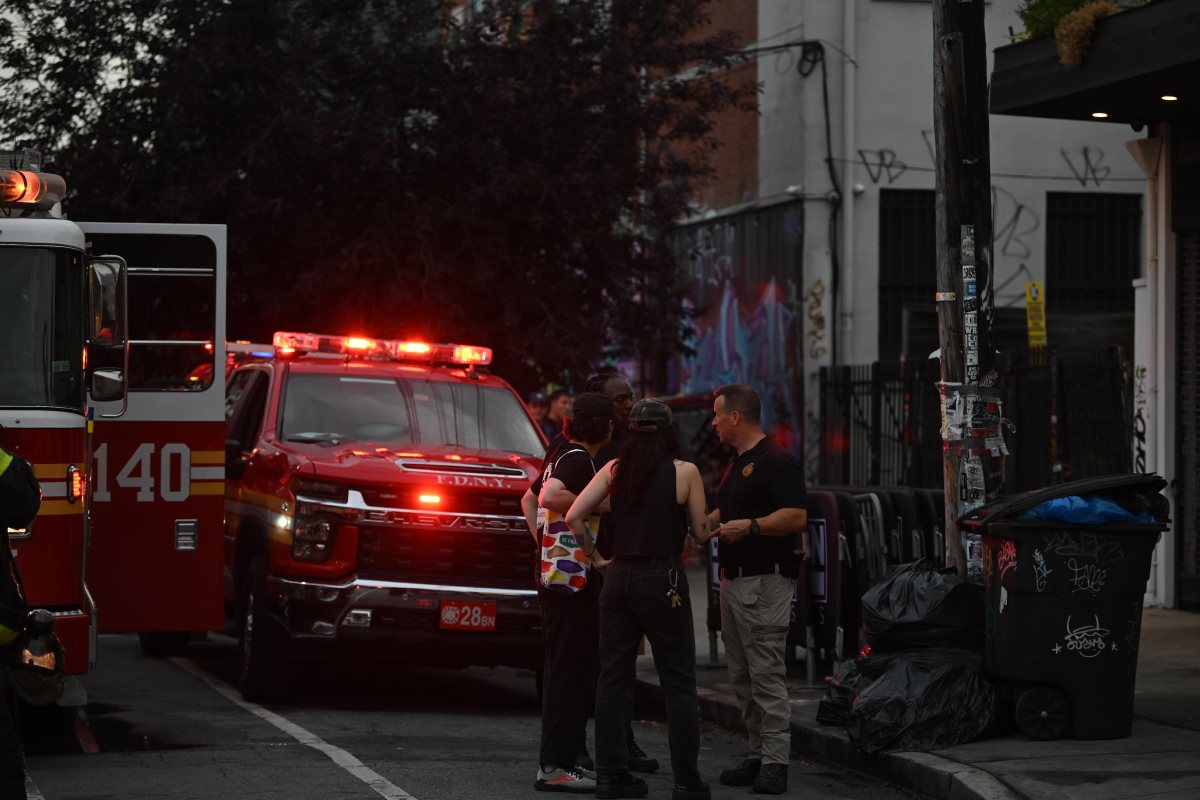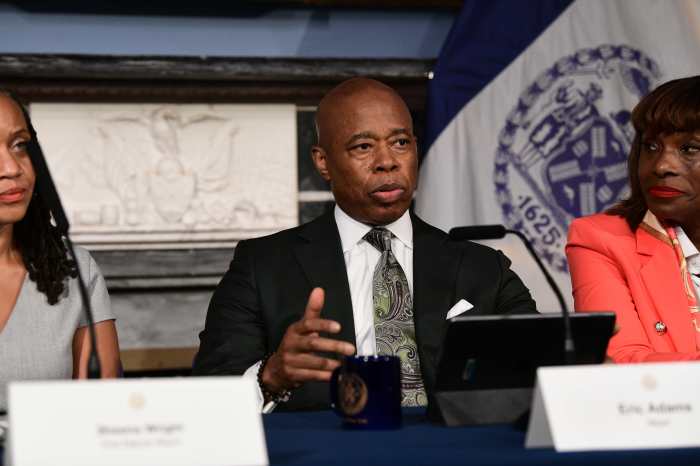The Long Island College Hospital emergency room shut its doors in late June and, with 12 patients reported left in the entire complex, the hospital’s demise looks imminent. If the Cuomo-sanctioned closure goes through, it will be an ugly end for a once-proud institution. For a glimpse of what Brooklyn stands to lose, here’s a look back at Long Island College Hospital’s history.
1858: Long Island College Hospital opens to great fanfare as the first teaching hospital in Brooklyn. The opening ceremony is presided over by high society types, including railroad baron Samuel Sloan.
In his speech, Sloan describes the hospital site as “an exceedingly elegant and salubrious location.”
“Here the unfortunate, the friendless, and the destitute will find a home when afflicted by sickness,” Sloan says.
1860: The medical college opens after early stumbles. It is the first U.S. medical school to employ bedside teaching, a technique that would later be adopted throughout the country.
1863: With the Civil War in full swing, the hospital begins service as a Union Army medical base.
1873: Hospital directors establish Brooklyn’s first ambulance service. By this time, hospital doctors are seeing more than 10,000 patients per year.
1875: The medical college tasks students with cutting open cadavers for a hands-on lesson in anatomy. It is the first appearance in an American curriculum of the grisly schoolwork.
1888: A hospital regent establishes a laboratory for a new and fast-growing area of study: infectious diseases.
1897: Construction finishes on the hospital’s eight-story Polhemus Memorial Clinic, which is possibly the first high-rise hospital in the world. After a fire at Ellis Island, hospital officials sign an agreement with the federal government to treat sick immigrants arriving at the Port of New York.
1914: The hospital establishes an anesthesia training program, the fourth in the U.S.
1915: A new wing boosts the hospital’s capacity to 500 beds.
1932: Viennese psychiatrist Alfred Adler joins the staff as a visiting psychologist shortly after coining the term “inferiority complex.”
1950s: The hospital inaugurates first hospital-based training for nurse-midwives.
1954: The medical college merges with the State University of New York.
Long Island College Hospital spends much of the latter half of the 20th century as a premier urban medical complex, housing some 60 clinics and delivering thousands of Brooklyn’s babies. But by the 1990s, the hospital has fallen on hard times. The budget battles that have raged over the last 15 years have had as many twists and turns as a lower intestine. Here’s a brief run-down:
1998: Burdened with declining revenues, the hospital is taken over by Continuum Health Partners, a Manhattan-based management group.
2007: Continuum sells the historic limestone and brick building that housed its child neurology clinic. At the year’s end, hospital bookkeepers are looking at $21.7 million in losses.
2008: Continuum unloads three more hospital buildings for more than $33 million. The sale isn’t enough to staunch the financial bleeding. By mid-year, hospital administrators announce the closing of sex abuse and psychiatric programs. Management lays off some 100 staffers and the hospital’s president and CEO resigns.
2010: The hospital announces a merger with SUNY Downstate Medical Center as part of a bailout plan by then-Gov. David Paterson. Despite this, the year ends with $32 million in losses.
2011: Gov. Andrew Cuomo withholds, then releases $62 million in state grants promised by his predecessor, Paterson, to save the hospital. The state closes the hospital nursing school with six weeks notice, leaving dozens of medical students in the lurch.
2012: Management lays off 150 hospital workers.
June 2013: State University of New York administrators shut the emergency room to ambulances. The move prompts a judge to rule that management is in contempt for violating a temporary restraining order prohibiting the hospital’s closure. Doctors, nurses, and former patients rally in protest.
Late July 2013: The State Department of Health approves parts of the state’s plan to close the hospital, telling hospital staff they’ll get 30 days notice before being fired, but that the last patients will be out by July 29.




















